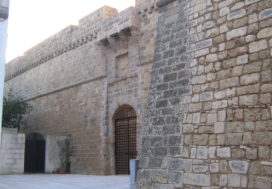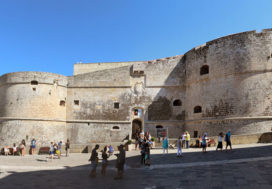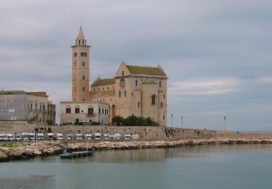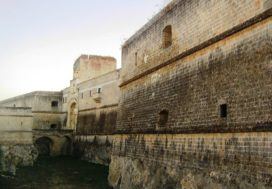During your stay in Lecce, in Salento, in Puglia, you can discover the enchanting Lecce, in Apulia.
Piazza Sant’Oronzo e il Sedile
Piazza Sant’Oronzo is the heart of Lecce. In the past it was called Piazza dei Mercanti and in 1656 was dedicated to the patron saint. It’s surrounded by buildings from different periods that are evidence of the long history of the town. Among these buildings we can find the Sedile, or the Palace of the Seat, dating back to the sixteenth century.
The seat has a Gothic Renaissance style with an imposing rectangular structure that dominates the square. Until the mid-800 it was the town hall, now its beautiful rooms are used for art exhibitions.
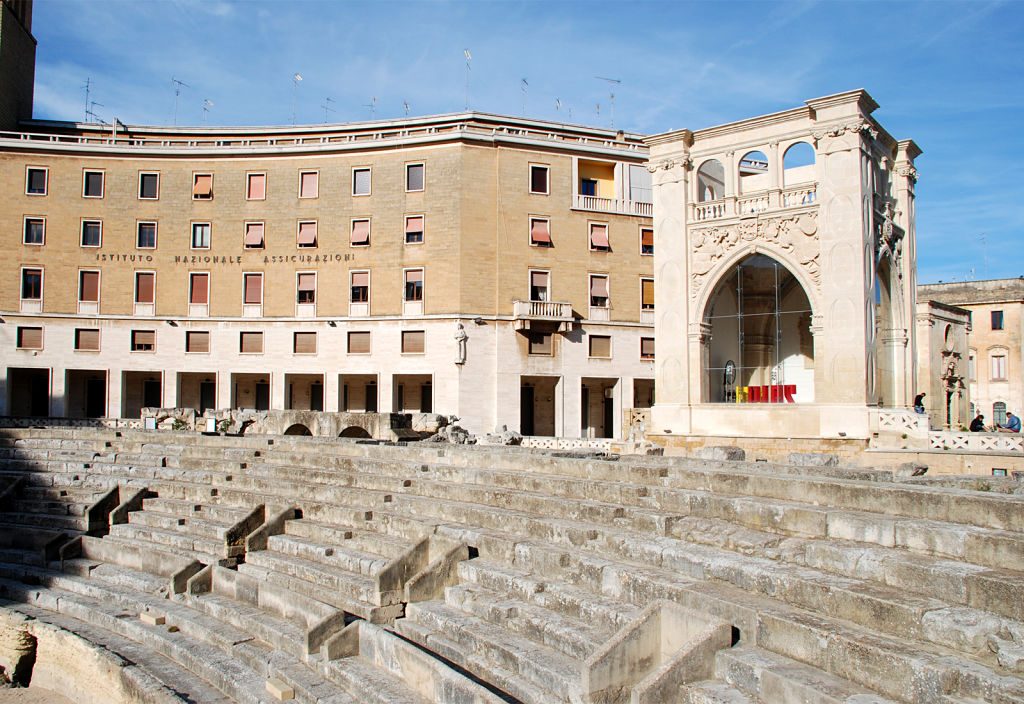
The Sedile Lecce
Duomo di Santa Maria Assunta
The cathedral of Santa Maria Assunta is the most important church in Lecce, overlooking the homonymous Piazza del Duomo. The present building in Baroque style dates back to 1670, and was rebuilt on a previous Romanesque church. The cathedral is full of statues and works of art, including the niches of the facade that are characterized by the statues of the saints, including the statue of Sant’Oronzo.
At the inside there are many paintings of great value, along with 12 altars dedicated to as many saints, the main altar in marble and bronze and a twelfth-century crypt. The bell tower dates back to the seventeenth century, when it replaced the previous one of Norman origin. On top of the bell tower, 72 meters high, theiron statue of St. Horace is overlooking the town.
Anfiteatro Romano
Located next to Piazza Sant’Oronzo, the Roman amphitheater was unearthed in the early ‘900 and a part of the building is under the square. From the remains you can see the structure obtained in part from the existing rock, partly built, with lower tiers and the pillars that supported the upper stands, that no longer exist. The Roman amphitheater is still a beautiful setting for theatrical and musical performances of summer.
Castello Carlo V
The Castle of Lecce is a fortress built by order of Charles V in 1539. But the oldest part dates back to the thirteenth century. The castle was enlarged and modified during the sixteenth century with the Angevin square Tower. The imposing bastion had a defensive role, had only two access doors and a moat along the entire perimeter, today the gap is covered. Currently owned by the municipality, the castle houses the Culture department and its rooms host cultural events and art exhibitions.
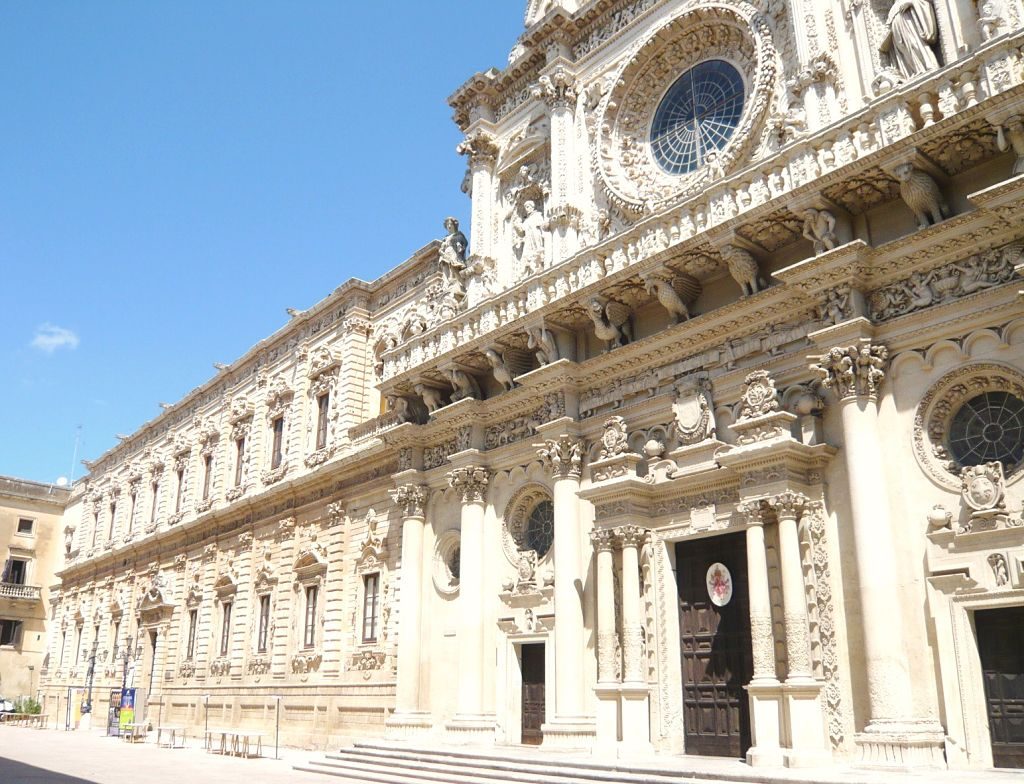
Basilica di Santa Croce Lecce
Basilica di Santa Croce
The Basilica of Santa Croce is a baroque church built in the sixteenth century. However, the whole construction was completed only a century later when the portals were added on the facade and the central rose window was completed in the Romanesque style. In the facade we can find beautiful Corinthian columns on the main portal, the coats of arms of Philip III of Spain and Puglia. At the inside there are two rows of columns, the coffered ceiling of the nave, several paintings of great value and the side chapels with rich baroque decorations.



